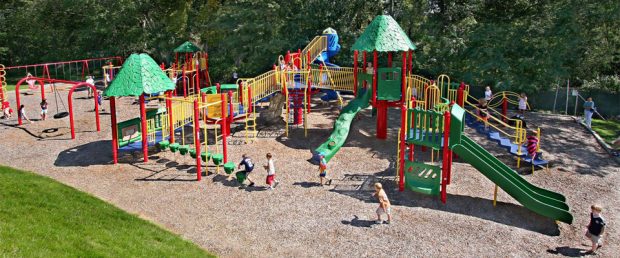“Technology is us” (Roblyer, 2012) – this is a definition I find provoking, yet also inspiring. Technology is not just a tool separate from me, where I can decide to use I or not. Instead, technology is an inherent part of my acting as a teacher.
I agree that there is no inherent value in technology itself. Instead, the value of technology lays in enhancing teaching (Lapowski, 2015). The AECT definition on educational technology confirms that technology is not just a tool, but “practice”: “Educational technology is the study and ethical practice of facilitating learning and improving performance by creating, using, and managing appropriate technological processes and resources” (Hlynka, 2009).
We are teachers, thus we are designers of learning experiences. In this role, we design learning opportunities that facilitate student learning. From a constructivist point of view, we have to construct learning spaces that allow students to construct new knowledge. So a double constructivism here!
For me, design of learning spaces is like designing a playground: A playground offers a lot of opportunities of running, climbing, playing, sitting … the kid can choose which tool they want to play with and with whom, they know best which tool is challenging for them and which tool would be boring. The idea came to me when looking out of my window – there is a new and wonderful playground there, and I found it quite fascinating to think about learning opportunities in comparison to this playground.
Technology-enhanced learning spaces should be like that – rich, motivating, challenging, engaging, colorful, social, collaborative, adaptive – and fun.
P.S. The idea of “digital playground” has been also expressed by others, e.g. (Chen, 2012) wrote that it is possible to “create a playground with digital technology beneficial for learning”. So it is not solely my idea J
Who else thought about learning opportunities as “playgrounds”?
Image: Learning spaces should be like playgrounds:
http://www.creativerec.com/our-products/playground-equipment/
References:
Chen, G.W., Chuang, C.-K., Liu, T.-C. When a Classroom Is Not Just a Classroom: Building Digital Playgrounds in the Classroom. Turkish Online Journal of Educational Technology – TOJET, v11 n1 p202-211 Jan 2012
Hlynka, D. & Jacobsen, M. (2009). What is educational technology, anyway? A commentary on the new AECT definition of the field. Canadian Journal of Learning and Technology 35(2). https://www.cjlt.ca/index.php/cjlt/article/view/26395/19577
Lapowski, I. (2015). Inside the School Silicon Valley Thinks Will Save Education. https://www.wired.com/2015/05/altschool/
Roblyer, M.D. & Doering, A. (2012). Integrating educational technology into teaching, (5th Ed.). Upper Saddle River, New Jersey: Prentice Hall.

Hi Elske,
Great post!
I did not think about learning opportunities as “playgrounds,” but after I read your post, I realized that “playgrounds” and “flexible seating” are connected and related. At my previous school, we had learning spaces outside so that teachers had the flexibility to teach in nature. We also had an open concept in our upstairs learning spaces with a variety of materials and furniture so that our students had a choice.
Do you teach in a school that incorporates flexible seating into your classrooms? Have you taught in this type of environment?
Nicole
Hi Nicole,
interesting question on flexible seating in a classroom. At my universiy, we have the traditional tables (2 students per table). This is very inflexible! We have now equipped a first room with different furniture: Smaller, movable table for one student each, plus a lot of whiteboards and flipcharts and corkboards attached to the walls, plus sufficient electric sockets for all student’s laptops and handys. Teaching in this classrom is much more flexible, you can form smaller groups of students easily by moving the table to a whiteboard, and then they can work there. So this is a first step towards more flexible furniture which better supports activating learning and group work.
Elske
Hi Nicole.
I enjoyed your concept of TELEs as a playground – with flexibility and opportunities for student choice. I have witnessed this type of flexibility used effectively in elementary classrooms, but not so much in high schools, even less perhaps in university. I wonder if as the content criteria demands increases that we are forced to limit the flexibility or if it has started as “grassroots” and is moving up slowly. Any thoughts?
Dave